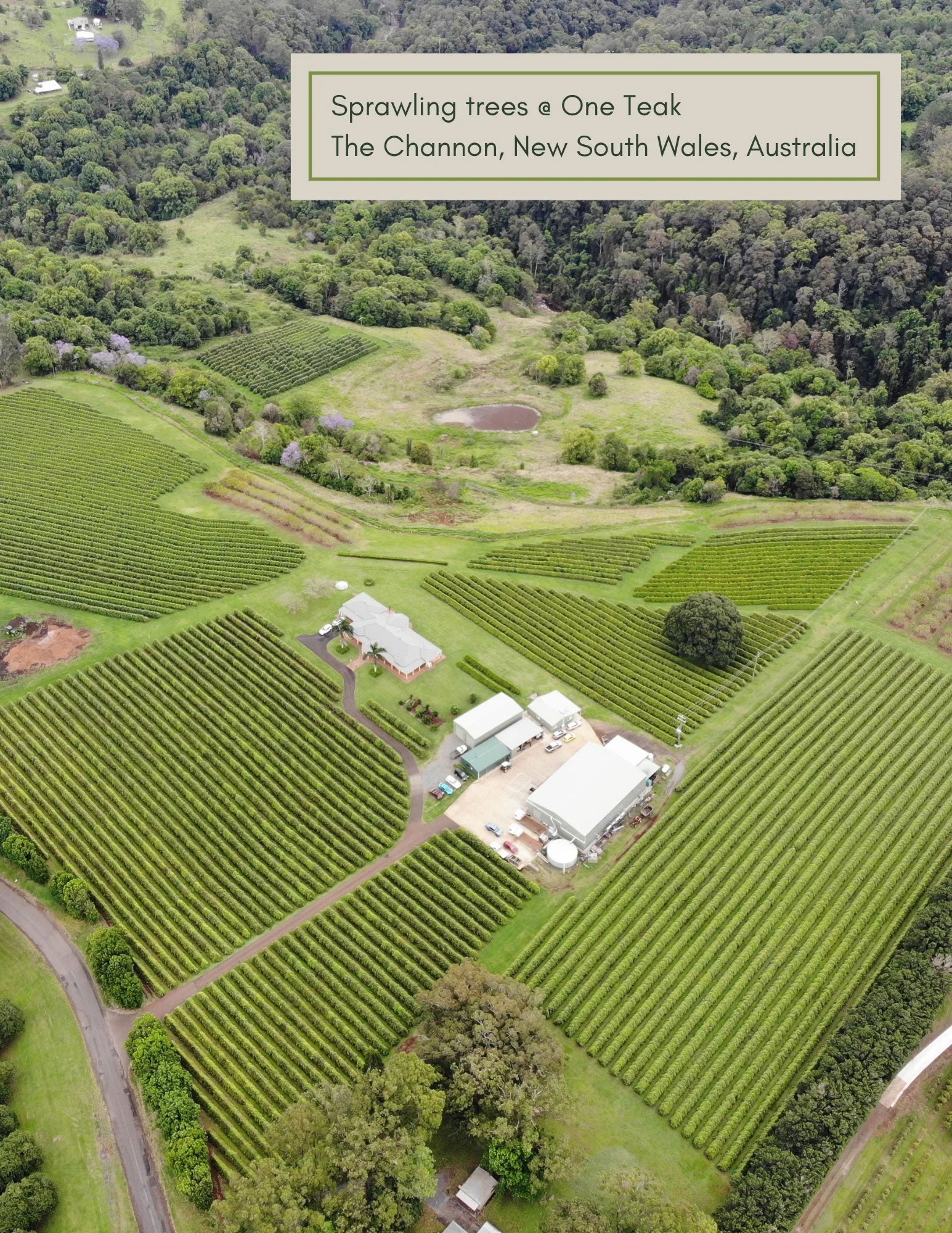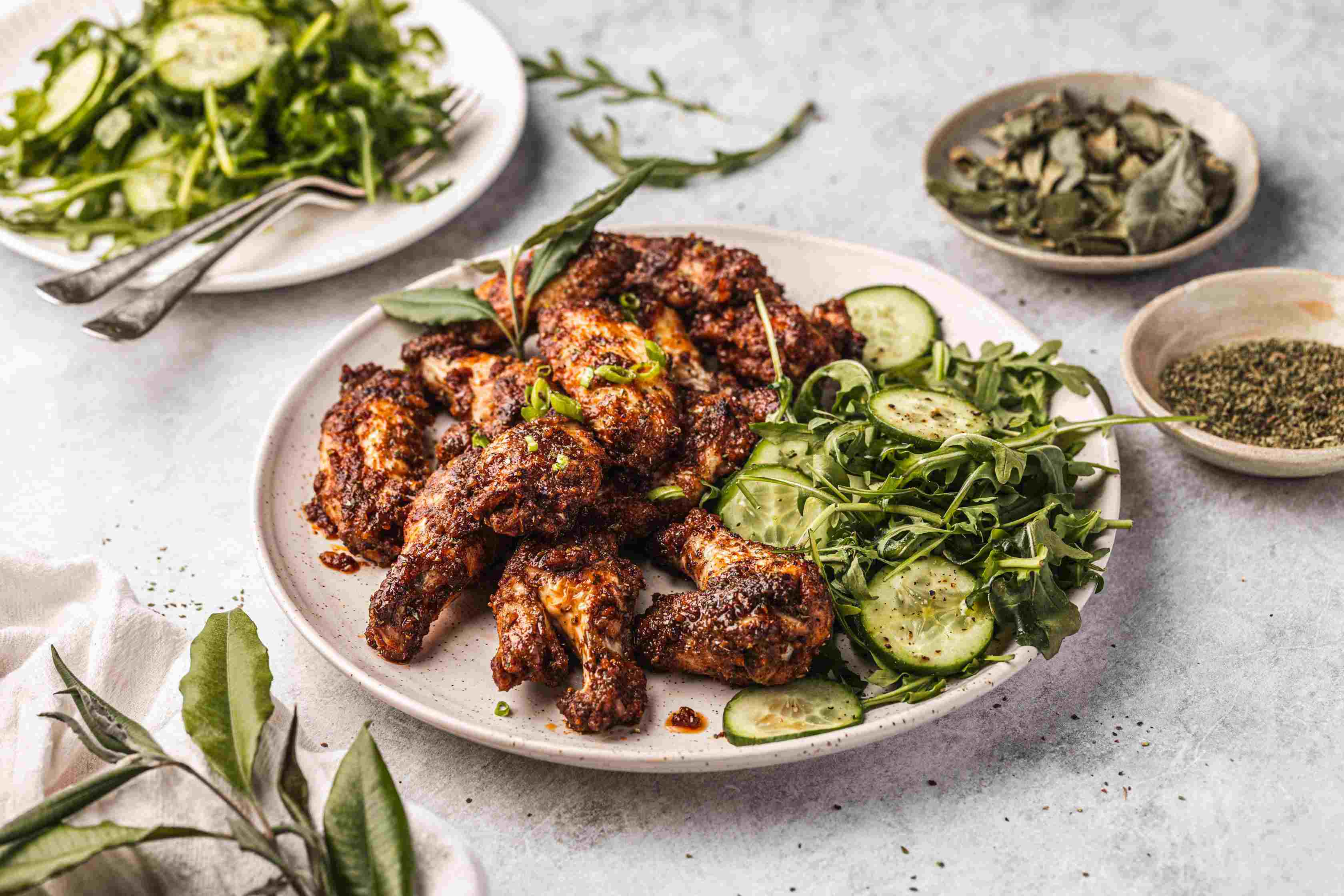
Lemon Myrtle through time
Indigenous Australians living in northern NSW and Queensland were the first to discover lemon myrtle’s vibrant flavours and healing powers.
For thousands of years, the First Australians favoured this versatile native flowering plant in their cuisine and medicine. Early examples include cooking with the leaves wrapped in paperbark to flavour fish dishes; and crushing and inhaling the leaves as a calmative and to treat headaches.
The British were also impressed by lemon myrtle when they colonised Australia and began arriving as settlers. Botanist Ferdinand von Mueller bestowed its scientific name Backhousia citriodora in 1853, naming the genus after his friend James Backhouse, a Quaker missionary and fellow botanist.
Commercial production was soon to follow, with early pioneer Joseph H Maiden documenting the marketable uses for lemon myrtle in 1889. But it wasn’t until the 20th century that lemon myrtle’s antibacterial properties were studied, with the first formal report on lemon myrtle essential oil in 1925.
An early commercial use for lemon myrtle was as a flavouring for lemonade during the Second World War, however commercial production of the trees declined in the post-war years and it was replaced as a flavouring and aromatic by other plants like lemongrass.
It wasn’t until the 1990s that the benefits, scent and flavours of lemon myrtle were ‘rediscovered’ and commercial plantings began again in earnest. Australian Native Products (ANP) is a pioneer in farming native plants, establishing a small plantation of lemon myrtle and anise myrtle in the late 1990s in The Channon. This region of northern NSW sits on the edge of a rainforest, amidst hills and valleys that lead to the beloved beachside town of Byron Bay.
The Channon lemon myrtle plantation has since grown to 110 hectares, with more planted in Mareeba in Far North Queensland. ANP is now the world’s largest grower and exporter of lemon myrtle, and people everywhere are discovering its therapeutic, sanitising, aromatic and culinary prowess.


